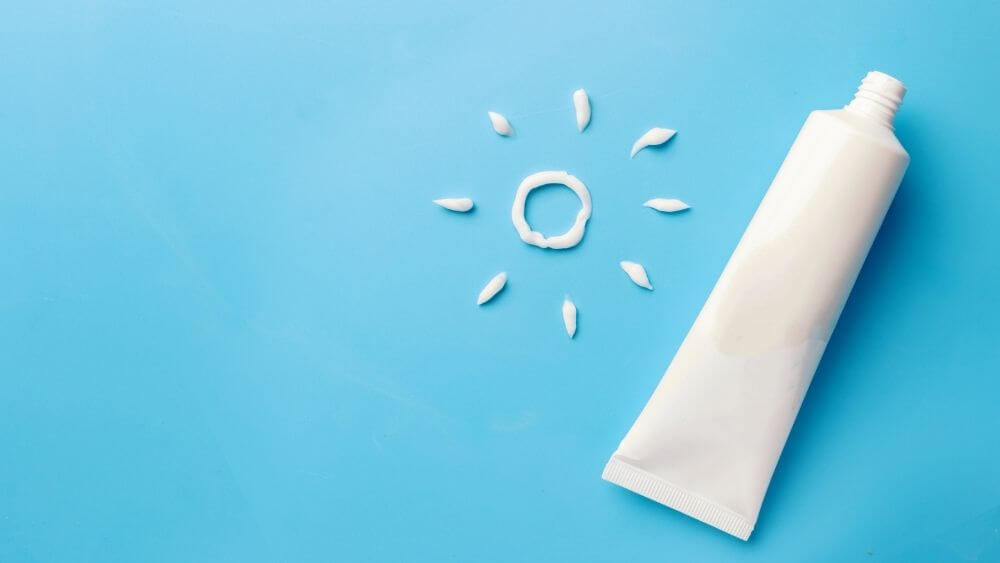With the ever-growing global temperature, life has indeed become exceedingly difficult. The environment at large along with all its components have been harmed quite a lot because of this. There has been a comparative loss of temperature balance in many places.
As a result of the persistent global warming, there has been a depletion of the ozone layer in the atmosphere, due t0 which the harmful rays of the sun, i.e. Ultraviolet Rays easily reach us, causing many skin diseases and other health complications in human beings.
Contents
Ultraviolet Rays Explained
Ultraviolet rays, or simply called UV Rays are a form of electromagnetic radiation whose wavelength is shorter than that of visible light thus making them invisible to us. About 10% of the total electromagnetic radiation from the sun comprises UV radiation and are powerful enough to damage the skin. It is one type of ray emitted from the sun, a part of the sun’s electromagnetic spectrum.
Sunburns are a common occurrence in very hot climates and the main cause behind it is the UV rays of the sun. Prolonged exposure to the sun’s UV rays causes blistering of the skin and in severe cases, peeling of the skin. It usually appears within a few hours of continuous exposure and often takes weeks to completely heal and fade away.
Ultraviolet rays are categorised in two forms: UV-A and UV-B rays. While both are equally harmful to human skin, UV-A rays can penetrate deep inside your skin and can initiate the process of ageing; UV-B rays on the other hand affects only the top layer of the skin, often causing skin cancer.
Is sunshine good at all for us?
Well, Ultraviolet rays are a part of the sunshine we receive. However, more than that sunshine is a good source of Vitamin D, and so your skin absorbs some part of it. However, if in case an individual is exposed to direct sunlight for extended periods of time, they may need to use “sunscreen” as protection from the sun.
What is Sunscreen?
In very simple terms, sunscreen is a substance that is able to block out and protect the skin from the harmful effects of UV rays. Sunscreens reflect and scatter all kinds of UV rays, and provide protection to the skin.
Items such as umbrellas, sunglasses and sunscreen lotions all technically perform the same task of protection against severe sun damage. However, their efficiency is of varying degrees, depending upon the intensity of the UV rays on a given day.
How Does Sunscreen Work?
Sunscreens can be of two types: Physical and Chemical. While Physical sunscreens (such as umbrella, sunglasses, hats, etc.) create a barrier between the harmful rays and the skin, Chemical sunscreens (lotions and creams) simply deflect these UV rays from the surface of the skin.
In the modern lifestyle, sunscreen lotions and creams are a handy item in every household, since it is very important for the application of these products. If not used in time, the harmful UV rays may cause severe sunburn, tanning and other long term skin diseases.
Fun Facts
- Not just for sunny days, sunscreen is equally essential on cloudy days as well!
- Scorpions are said to be able to glow in UV light!
Related questions
Some related questions to this topic
- What happens in the case of sunburns?
- Is there a possibility that UV rays may even penetrate sunscreens of any kind?
- How can ozone layer depletion be stopped, avoid any further penetration of harmful UV rays?
Fill in the Blanks
- Full form of UV Rays is _______________
- What are the two forms of Ultraviolet rays?
- Natural sunshine is rich in ________
- Chemical sunscreens are help _______ the sun rays.
True Or False
- UV rays belong to the electromagnetic spectrum. (True/False)
- Ozone layer has not depleted in the atmosphere. (True/False)
- Chemical sunscreens are more efficient that the physical ones. (True/False)
- Vitamin D is found in sunshine. (True/False)
- Skin cancer is not caused by direct exposure to UV sun rays. (True/False)
